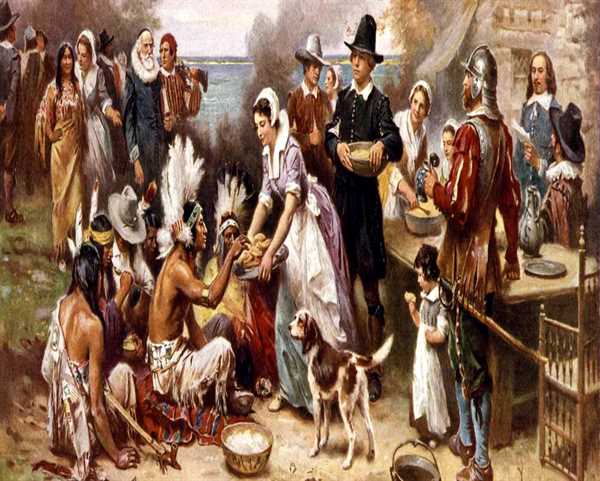The environment played a significant role in the lives of Native American peoples, as it provided the resources necessary for their survival and shaped the way they lived. Native American societies developed in a wide range of environments, including deserts, grasslands, forests, and mountains, and each group adapted to its specific environment in unique ways.
For example, the Plains Indians of the central United States lived in a grassland environment and developed a nomadic lifestyle based on hunting bison. The Anasazi people of the Southwest United States lived in a desert environment and developed sophisticated systems of agriculture and irrigation to grow crops. The Inuit peoples of the Arctic regions developed a way of life based on hunting, fishing, and gathering, and developed technologies such as the igloo and kayak to help them survive in a harsh, cold environment.
Climate effect

Climate played a significant role in the lives of Native American peoples, as it influenced the types of agriculture and trade that were possible in different regions, as well as the types of clothing, shelter, and transportation that were necessary for survival.
For example, in regions with cold climates, such as the Arctic, Native American cultures developed technologies such as the igloo and kayak to help them survive in a harsh, cold environment. In regions with hot, dry climates, such as the Southwest United States, Native American cultures developed sophisticated systems of agriculture and irrigation to grow crops.
Climate also influenced the types of animals and plants that were available in different regions, which in turn shaped the way Native American societies obtained food and other resources. For example, in regions with abundant forests, Native American cultures might have relied on hunting and gathering, while in regions with fertile soil, they might have developed agriculture.
Native American cultures were heavily influenced by their environment in a variety of ways.
The natural resources and specific conditions of the environment shaped the way Native American societies developed and the technologies they used to sustain themselves.
For example, the availability of natural resources such as timber, water, and fertile soil influenced the types of agriculture and trade that developed in different regions. The climate and weather patterns also had a significant impact, as they determined the types of clothing, shelter, and transportation that were necessary for survival.
In addition, the environment played a central role in Native American spiritual and cultural traditions. Many Native American cultures had a deep connection to the land and saw the natural world as a source of spiritual power and guidance. The environment was also a source of artistic inspiration, with many Native American cultures creating art and cultural artifacts that reflected their relationship to the natural world.
Overall, the environment had a profound influence on Native American cultures and shaped the way they lived in significant ways.